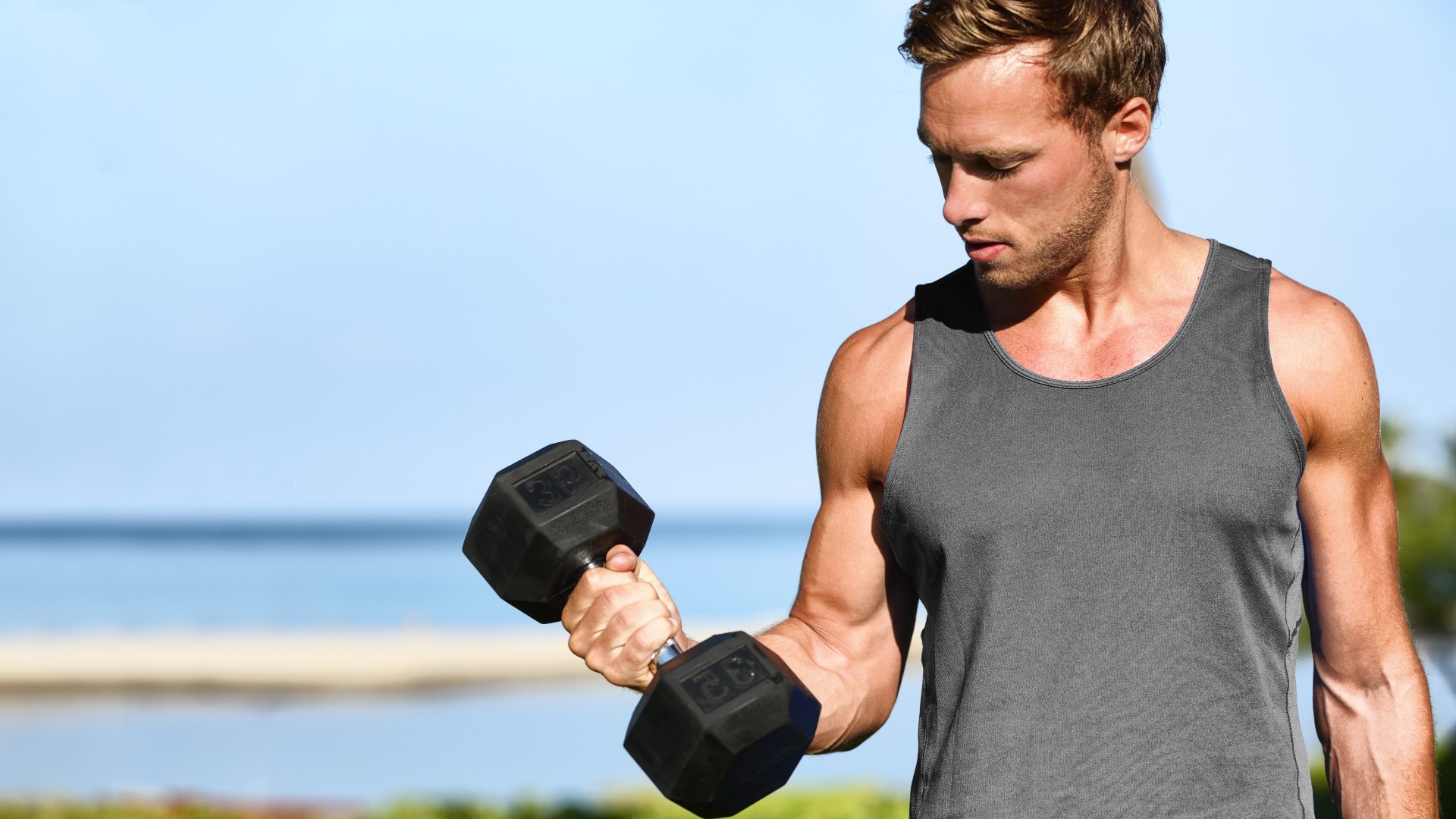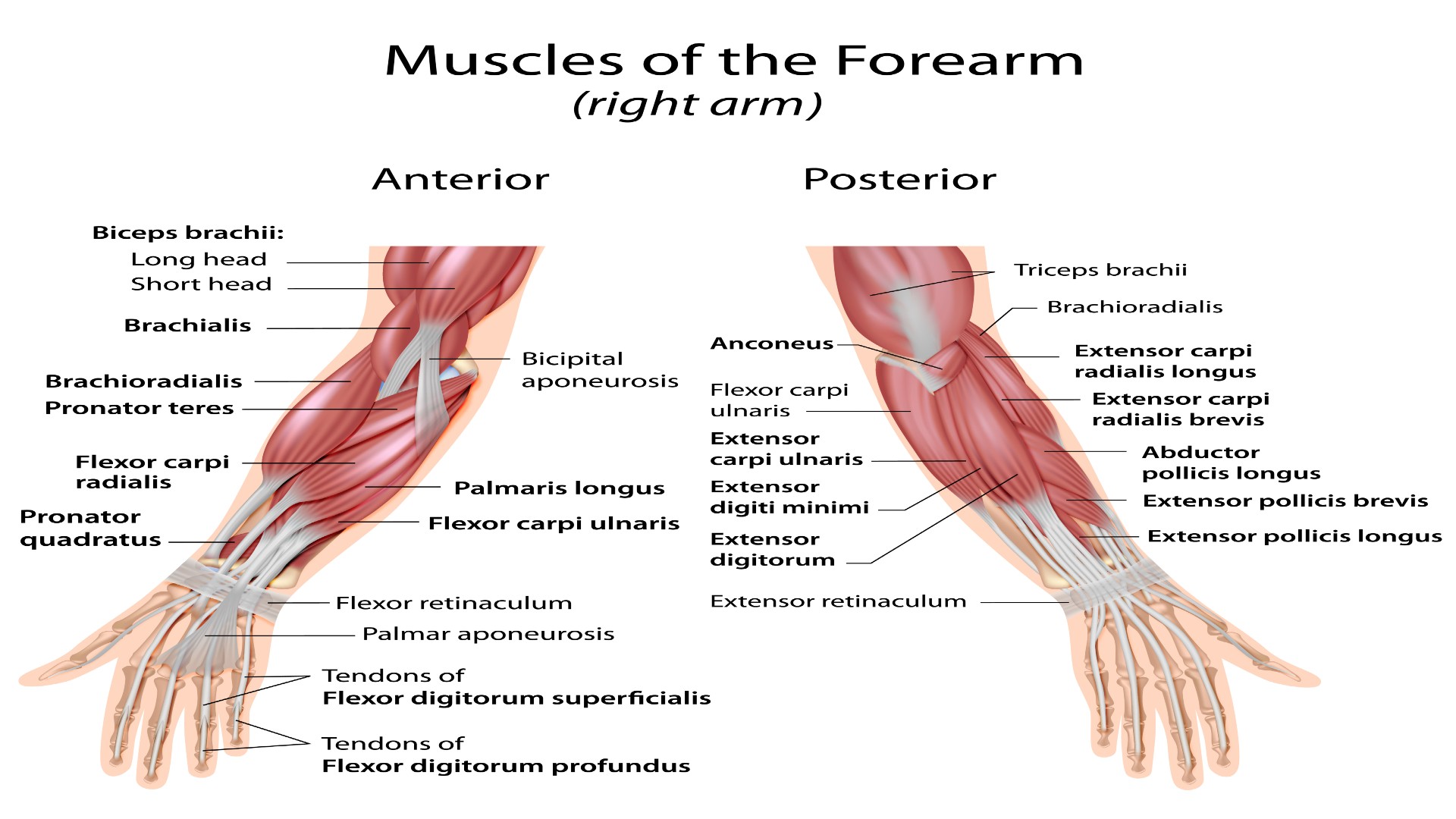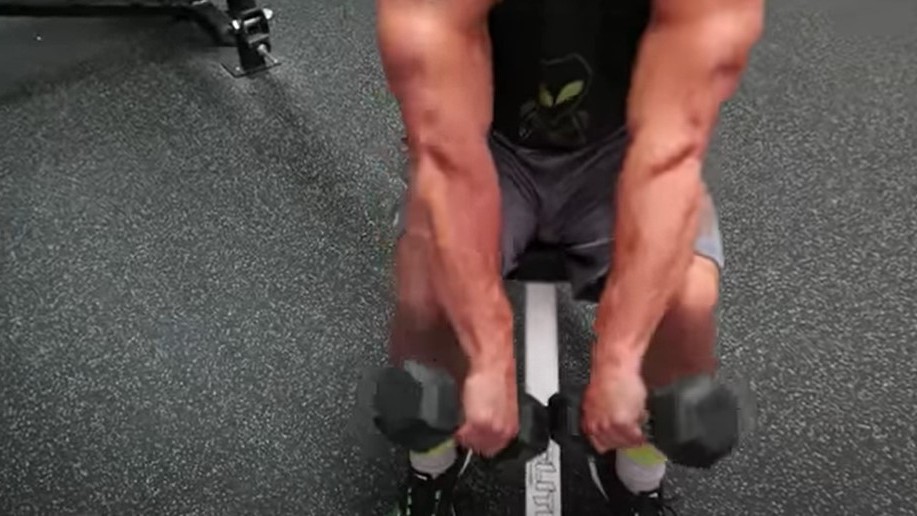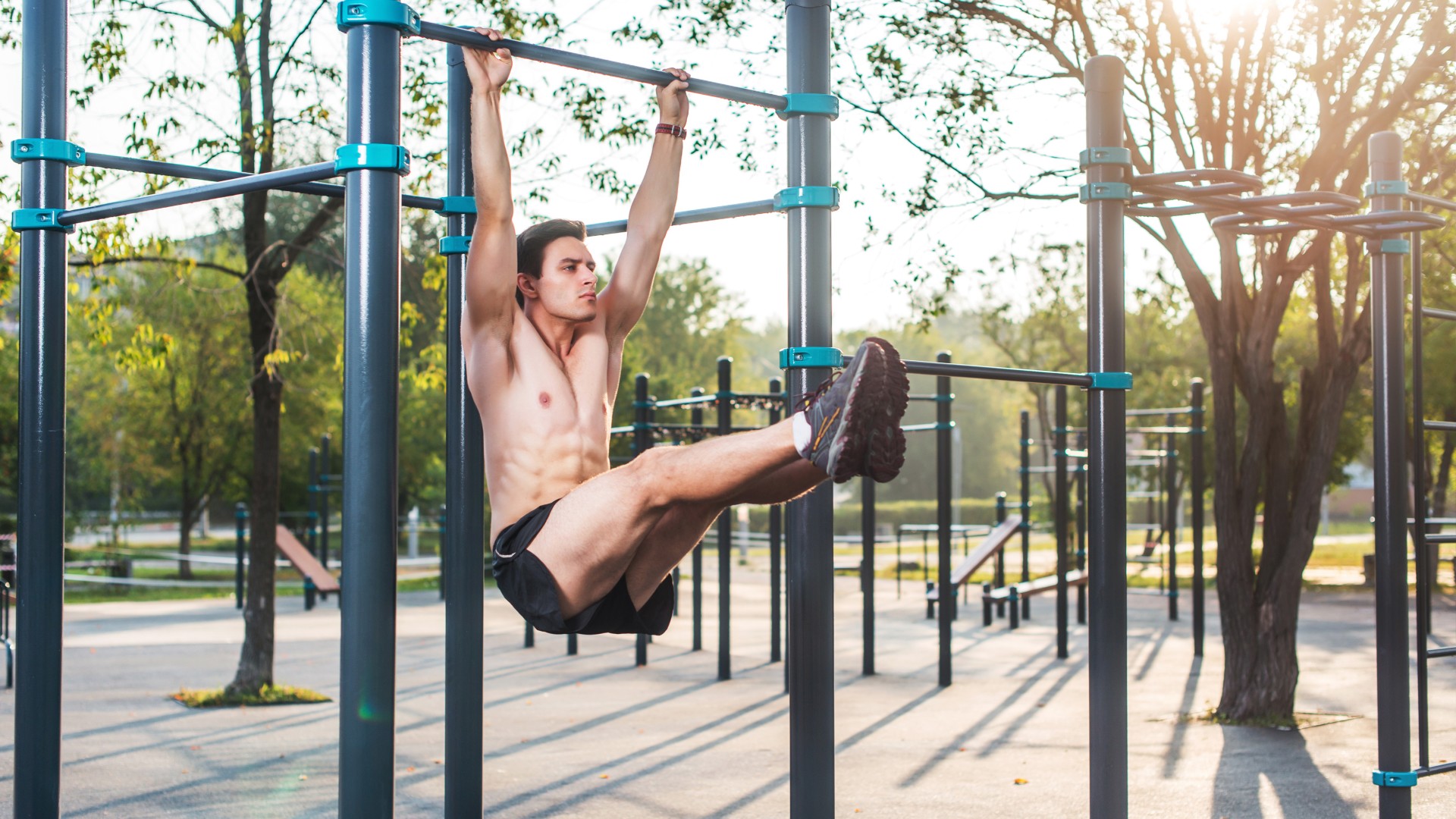
Developing forearm strength might not be your top priority, but strong forearms could elevate your workout performance and help you lift heavier — and this forearm workout with dumbbells is a certified arm-torcher.
Any lift that requires you to hold a set of the best adjustable dumbbells, kettlebells, or a barbell will activate your forearms and requires hand and grip strength. If you don’t develop sufficient amounts, you’ll find it more difficult to lift heavy weights during strength programs or lighter weights for prolonged periods during muscle endurance sessions.
That also translates outside the gym for simple daily exercises like carrying groceries or moving furniture. This forearm workout with dumbbells targets the wrists and muscles in your forearms and hits the biceps and shoulders to help you build strength in your upper and lower arms while also improving grip strength.
Forearm muscles and anatomy
Anatomy, Shoulder and Upper Limb, Forearm Muscles divide the forearm muscles into two muscular compartments — anterior (flexor) and posterior (extensor). Between them, they contain twenty muscles that "act" on the elbow and wrist joints as well as the joints of the hands. Each compartment can then be divided further into superficial and deeper muscle components.
Of the flexors, the superficial part contains five muscles and three deeper muscles. Of the extensors, the superficial part contains seven muscles and the deeper five muscles.

Your forearms are essential for upper limb movement and complex arm, wrist, and finger movement. During extension, you’ll lift your fingers back toward your forearms, and when flexing, you’ll draw your fingers toward the underside of your wrist.
You can hit various muscles by training in different planes of motion, including extension, flexion, side-to-side, and rotation. Some people struggle to maintain grip strength as they get older, so regularly training forearms and grip will help improve upper-body strength during exercises like deadlifts, bent-over barbell rows, pull-ups, hanging leg raises, or dead hangs — even as you age.
Get instant access to breaking news, the hottest reviews, great deals and helpful tips.
5 forearm dumbbell exercises
These five exercises form a speedy 15-minute forearm workout with dumbbells that you can do anywhere. It can tack onto the start of a workout as a warm-up or a finisher to any upper and lower body strength program. The short routine will also help improve wrist mobility alongside strengthening.
You only need a set of light dumbbells to do this, or you could alternate arms using one dumbbell if you prefer. You’ll work to achieve maximum reps in 50 seconds as part of an EMOM (every minute on the minute). Recover for 10 seconds, then start the next exercise in the next minute, and so on, for three rounds. Try to hit the same number of reps each time.
1. Supinated wrist curl
Supinated wrist curls focus on flexion and extension and work the forearms hard.
How:
- Start seated with your arms resting on your knees.
- Grip two light dumbbells in each hand, palms facing upward.
- Relax both weights down into your fingertips, straightening your fingers away from you.
- Then grip the weights and curl both dumbbells toward your forearms. Repeat.
2. Zottmon curl
Zottman curls target muscles in the upper and lower arms, including your forearms and the three bicep muscles, by changing palm positions throughout.
How:
- Stand with your feet shoulder-width apart, holding both dumbbells.
- Look straight ahead with your chin slightly tucked.
- Hold both dumbbells by your sides with palms facing up, and arms extended.
- Set your shoulders back and down and engage your core. Your spine should be neutral.
- Perform a bicep curl by bending your elbows and drawing the weights toward your shoulders. Squeeze your biceps.
- Pause, rotate your palms to face forward, then slowly lower both dumbbells.
- Pause, then turn palms to face up and repeat.
3. Wrist rotations
This wrist rotation move uses speed and rotation to torch your forearms and improve grip, reaching fatigue quickly. You’ll also feel this in your arms and shoulders. The video above shows a slower version using just one dumbbell.
How:
- Start seated with your forearms resting on your knees or arms extended on a bench.
- Grip two light dumbbells in each hand at the end of the dumbbell or the middle (this comes down to preference), palms facing upward.
- Squeeze both dumbbells hard to activate your hands and forearms.
- Rotate the dumbbells as fast as possible so that your palms move between upward and downward facing.
4. Dumbbell hold
You could do this dumbbell hold two ways. Either way, you’ll work your shoulders, arms, and forearms to fatigue. For this one, hold for the full 50 seconds.
How:
- Stand with feet hip-width apart and core engaged.
- Choose heavy weights. Set your shoulders back and down.
- Squat down and grip the ends of both dumbbells, palms facing hips, then stand up. Squeeze the dumbbells and hold.
- For a more challenging variation, use light dumbbells and extend both arms in front of you at shoulder height. Hold.
- Avoid arching your back and keep your core engaged.
5. Dumbbell end-to-end taps

Dumbbell end-to-end taps are great for end-to-end range of motion and forearm strength.
How:
- Start seated with your forearms resting on your knees.
- Grip your dumbbells in each hand, palms facing down and the inside ends of your dumbbells touching.
- Rotate your palms outwards (away from each other) and try to tap the opposite ends of the dumbbell together as if your little fingers are meeting.
- Reverse the movement, turning palms to face each other with both dumbbells touching in a neutral grip.
Once you’ve completed the workout, perform a dead hang from a pull-up bar (or similar set-up), simply hanging from the bar for one minute to focus on grip, forearms, and shoulders. If you’re not sure, I did 90 hanging leg raises every day for a week, and this is how you nail a dead hang.

More from Tom’s Guide
- How to watch the London Marathon live stream online
- High reps vs heavy weights, which is better for building muscle?
- I did 100 heel touches a day for a week, here's my results

Sam Hopes is a level 3 qualified trainer, a level 2 Reiki practitioner and fitness editor at Tom's Guide. She is also currently undertaking her Yoga For Athletes training course.
Sam has written for various fitness brands and websites over the years and has experience across brands at Future, such as Live Science, Fit&Well, Coach, and T3.
Having coached at fitness studios like F45 and Virgin Active and personal trained, Sam now primarily teaches outdoor bootcamps, bodyweight, calisthenics and kettlebells.
She also coaches mobility and flexibility classes several times a week and believes that true strength comes from a holistic approach to training your body.
Sam has completed two mixed doubles Hyrox competitions in London and the Netherlands and finished her first doubles attempt in 1:11.




